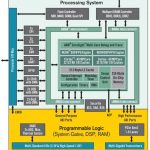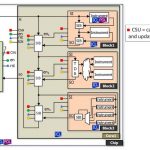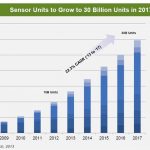We all have a funnest bug we’ve been involved with. I don’t think ‘funnest’ is actually a word but when my kids used to use the word ‘funner’ I didn’t have a good argument as to why it wasn’t a word, it just seemed a word I’d never heard. In fact I have no idea what the rules are for when you can add -er or -est to a word. Clearly you can’t say complicatedest. So probably it has to do with syllables. But ‘fun’ only has one. And ‘sunny’ has two and we are happy with ‘sunniest’. Anyway, on to something funner.
I was at VLSI Technology. I basically had a little group that supported all the infrastructure of the tools we produced. Graphics, database (lol, not exactly back then), plotting, printing, documentation…you get the picture. Enormous company EC (who shall not be named) had a 48″ wide Versatec plotter. Well, pretty much everyone did back then (really). Whatever they did in our tools would not plot.
I’m sitting innocently in my office when suddenly I get summoned to a conference room. Senior vice-presidents of the customer company have come to call about the problem with our plotting software (most of which I wrote). I’m a junior guy, so a little intimidated, to say the least. Anyway, they are local so I agree to go over to their site and look into what is going on.
Next day, I drive to (a town in Silicon Valley). This place is a military subcontractor so it takes me about an hour before someone else is allowed to type in the root password for me although we didn’t call it a root password back then. This was VAX days.
Now I have got system privilege I list out all the registers on the Unibus (the peripheral bus). I look at the device address of the plotter. It has it’s highest order bit set to one, it is offline. We are in the machine room with a false floor. I pull up the floor tile at the back of the VAX. I can see the plotter cable. It is plugged in. I go to the plotter (also in the machine room) and pull up the floor tile. It is also plugged in. But I notice something. The cable leading out of the VAX is black. The cable going into the plotter is blue.
“Where do these cables join” I ask?
“Join? What do you mean?” I was asked. Nobody makes a cable that is blue at one end and black at the other so there has to me something connecting somewhere. They have no idea. So We pull up more floor tiles until we discover…a plug and a socket lying there not connected. We plug them together and the plotter starts to work on its several weeks backlog.
I go back to VLSI. “So I should just say we fixed it,” said the support guy.
“No,” I said. “Call up the senior vice-president who came and complained and talk to him. Otherwise those guys will just say we came around and eventually fixed it. Bozos.”
“Really?”
So he did. He called the Senior VP and said “We fixed it. You guys hadn’t plugged in the plotter.”
A long pause. “Thank you.”
I’m glad I wasn’t one of the people that got a senior VP to travel across town to complain that our technology and support were unacceptable. VP to VP. When they’d not actually plugged the peripheral into the computer.
My funnest support story.











